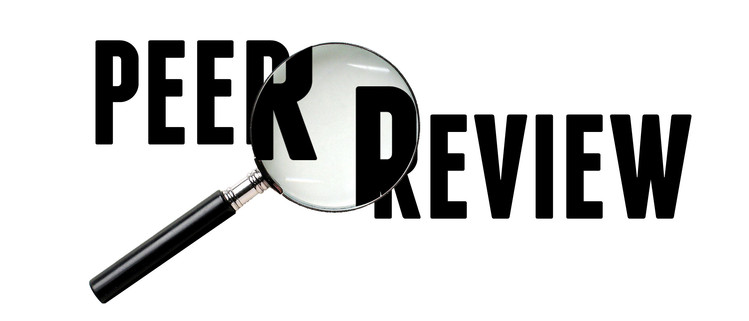A Science journal has issued expressions of concern for two papers on Alzheimer’s disease over concerns about the integrity of the data.
One involves a 2016 article by a star-studded group of neuroscience researchers over allegations of manipulated data in one of the figures. That paper, “Gain-of-function mutations in protein kinase Cα (PKCα) may promote synaptic defects in Alzheimer’s disease,” appeared in Science Signaling and came from a team led by Rudolph Tanzi and Roberto Malinow, of Harvard and UC San Diego, respectively.
Here’s the notice for the paper, which has been cited 64 times, according to Clarivate’s Web of Science:
Continue reading Papers on Alzheimer’s slapped with expressions of concern







